News Beat
News Beat reporting is an idrw.org initiative to let our Readers to report News Based on Actual facts but some how has not been reported in Main Stream Media .
SOURCE: RAUNAK KUNDE / NEWS BEAT / IDRW.ORG.
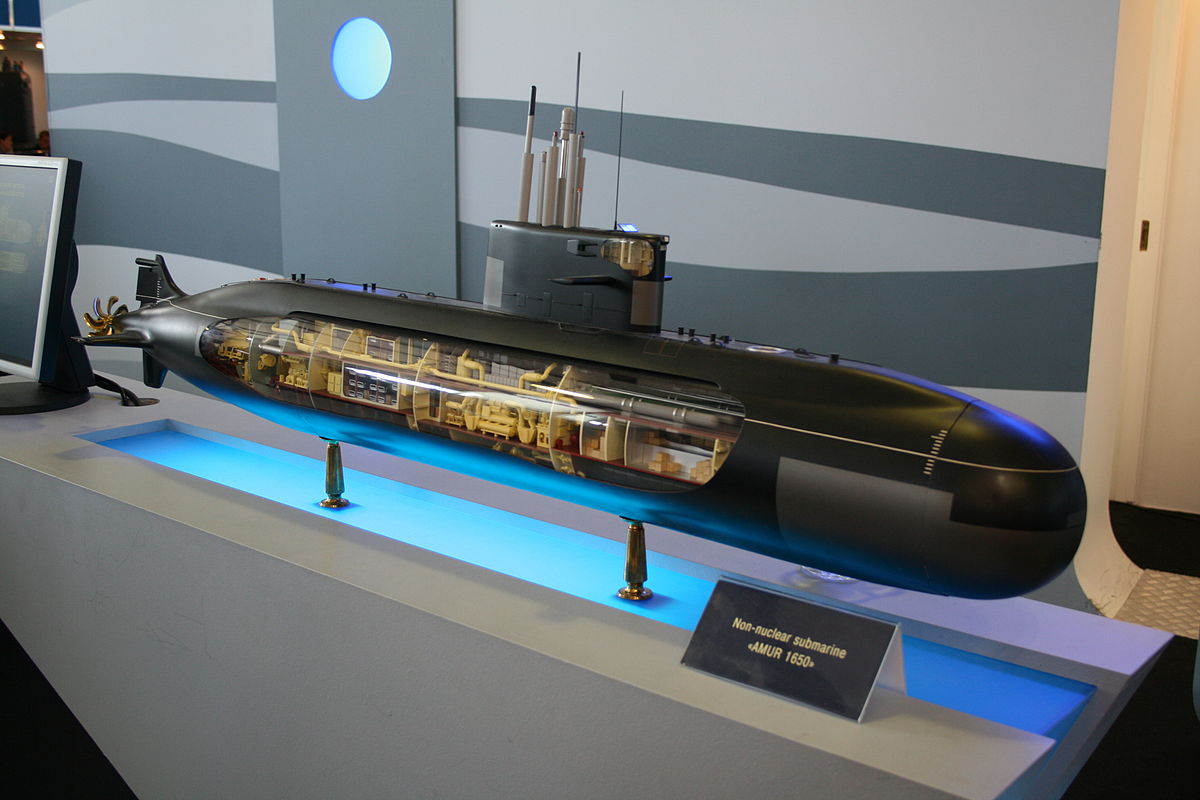
Russia on the sidelines of Aero India 2023 had made an offer Jointly develop India’s specific Amur-1650, a Conventional-Diesel submarine under India’s ambitious Project-75I (India) for local manufacturing of the six next-generation submarines in the country has followed up with an offer to integrate it with submarine-launched long-range Kalibr land attack cruise missile (LACM) right before German were to send detail proposal on their offer to India.
According to sources familiar with the matter told idrw that, Russia has offered to jointly develop a 3000-ton displacement submarine with a Vertical Launch System (VLS), along with Indian-made communication systems and combat management systems (CMS), which includes the DRDO-developed Fuel Cell Air Independent Propulsion (AIP) system.
Continue readingSOURCE: RAUNAK KUNDE / NEWS BEAT / IDRW.ORG.

During an interview with ABP News, Admiral R. Hari Kumar confirmed that the Indian Navy is proposing the procurement of a second Vikrant-class aircraft carrier of the same displacement as the first one, which is 45,000 tons. The purpose of this proposal is to capitalize on the trained workforce that was created during the manufacturing of the first aircraft carrier, while also having long-term plans for a larger aircraft carrier in the future.
According to Admiral R. Hari Kumar, the second Vikrant-class aircraft carrier will undergo design changes to accommodate next-generation platforms such as unmanned combat aerial vehicles (UCAV) and unmanned aerial vehicles (UAV) on its flight deck for maritime operations. The Indian Navy is currently considering the procurement of deck-based unmanned strike combat vehicles based on the Ghataak platform, as well as HALE class UAVs that can operate from aircraft carriers.
Continue readingSOURCE: RAUNAK KUNDE / NEWS BEAT / IDRW.ORG.

Expressions of Interest (EoI) are being sought by the Ministry of Defence, Government of India, for the procurement of VK-2500-03 Aero Engines of Mi-17 V5 helicopter from reputable Indian firms with the necessary technical and financial capacity, infrastructure, and experience to carry out the project. The project requires the development of facilities, airworthiness certification/OEM Certification, and timely delivery.
Only indigenous firms based in India that have JV with OEMs or experience in designing, developing, repairing, overhauling, and certifying electronic, electro-mechanical, mechanical, electrical, aero engine, or avionics used in aircraft are eligible if their proposals are shortlisted by the proposal review committee.
Continue readingSOURCE: RAUNAK KUNDE / NEWS BEAT / IDRW.ORG.

At the beginning of this year, Safran Helicopter Engines and Hindustan Aeronautics Limited (HAL) collaborated to sign a workshare agreement for jointly developing the engine that will power the upcoming 13-ton Indian Multi-Role Helicopter (IMRH) and its naval version, the Deck Based Multi-Role Helicopter (DBMRH).
Safran and HAL have announced that they will persist in their partnership to develop the joint venture in the following months. The project aims to create an engine not only for the IMRH, but also for other types of helicopters.
Continue readingSOURCE: RAUNAK KUNDE / NEWS BEAT / IDRW.ORG.
The DRDO has recently released a tender for the casting of propellants and supply of casted dual pulse rocket motors for the ASTRA Mk2 missile. The tender specifies a requirement for 15 units to be delivered within the next 7-8 months. This development is a clear indication that the missile has reached a level of maturity, which could lead to fully integrated trials of the missile system later this year.
Last year, the Indian Air Force released a video demonstrating the weapon-release phase of the Astra Mk2 missile system, in which the missile was dropped from the ejector system. The Sukhoi-su-30MKI aircraft has been modified to serve as a testbed for the missile system’s trials, and the successful separation of the missile system from the aircraft indicates progress towards fully integrated testing of the Astra Mk2 missile system.
Continue readingSOURCE: RAUNAK KUNDE / NEWS BEAT / IDRW.ORG.
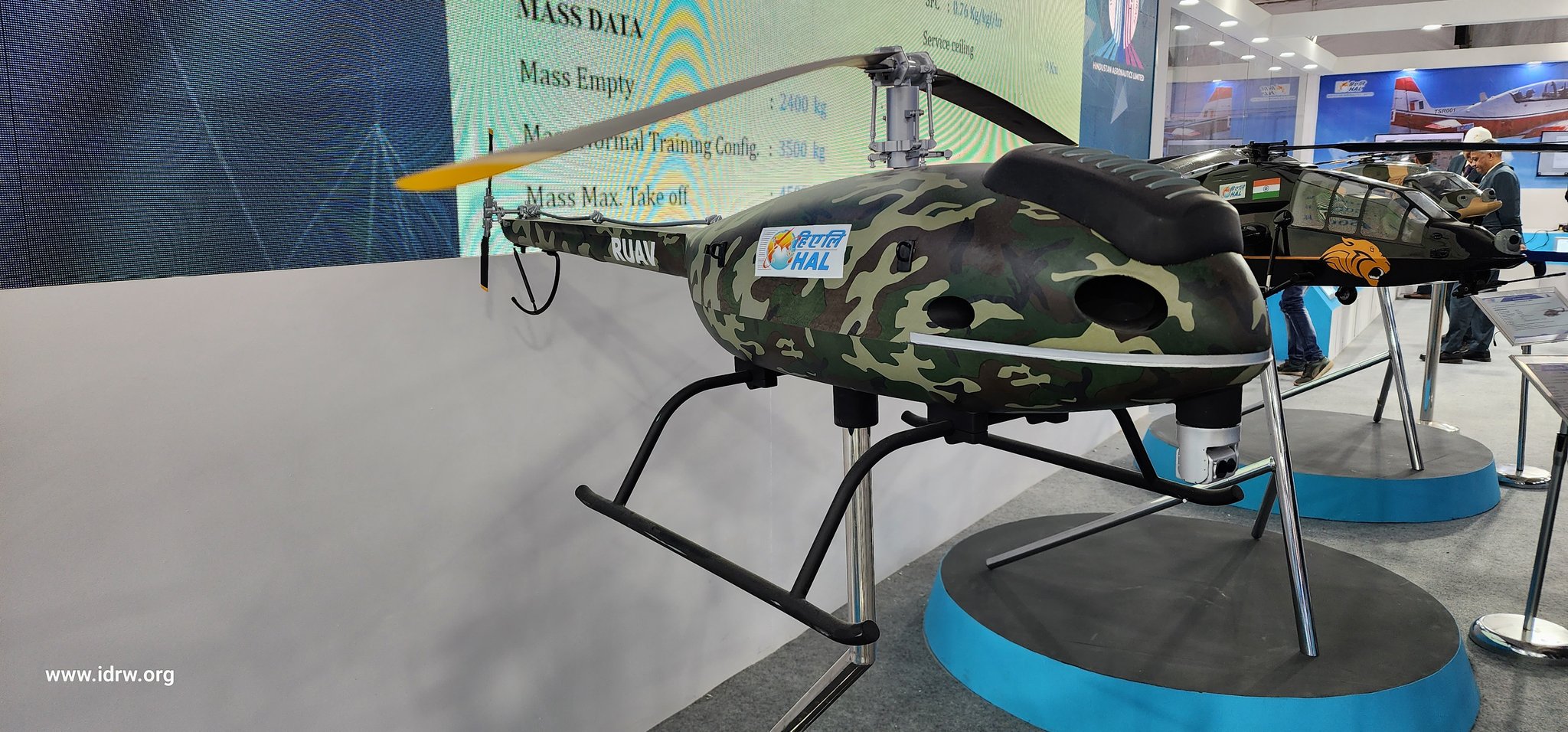
HAL is reportedly exploring the possibility of creating an armed variant of its RUAV-200 drone. The RUAV-200 is a medium-altitude long-endurance drone developed by HAL for surveillance, reconnaissance, and target acquisition missions.
The armed variant of the drone would be equipped with weapons systems that could be used for offensive missions. HAL’s decision to develop an armed drone comes at a time when India’s military is looking to increase its unmanned capabilities.
Continue readingSOURCE: RAUNAK KUNDE / NEWS BEAT / IDRW.ORG.
According to information obtained by idrw, earlier this year Indian and French MOD officials discussed the possibility of French involvement in India’s Nuclear Attack submarine program as technical consultants. The discussions revolved around the integration of French-developed non-nuclear technologies, such as pump-jet propulsion, into Indian submarines.
Propellers and pump-jets are crucial components of a submarine, with pump-jets offering superior efficiency across most of a submarine’s performance range. These components are also highly sensitive and play a key role in protecting the blade elements they contain.
Continue readingSOURCE: RAUNAK KUNDE / NEWS BEAT / IDRW.ORG.

Dassault Aviation, which is developing a 6th generation fighter program to replace its current Rafale fighter jet, has assured current operators that it will continue to provide service and spare support for the fleet until 2070. Despite beginning production of the Future Combat Air System (FCAS) for the European conglomerate involved in the program in 2035, Dassault Aviation has made this commitment to its existing customers.
The FCAS program, which is set to begin production sometime between 2035 and 2040, will replace the French Dassault Rafale in the French Air Force. However, Dassault has planned two significant upgrades to the Rafale program, the F4.1 standard, aimed at enhancing the connectivity of the Rafale through new satellite and intra-flight links, communications servers, and software radios. This upgrade is intended to improve the Rafale’s effectiveness in net-centric combat and pave the way for the FCAS.
Continue readingSOURCE: RAUNAK KUNDE / NEWS BEAT / IDRW.ORG
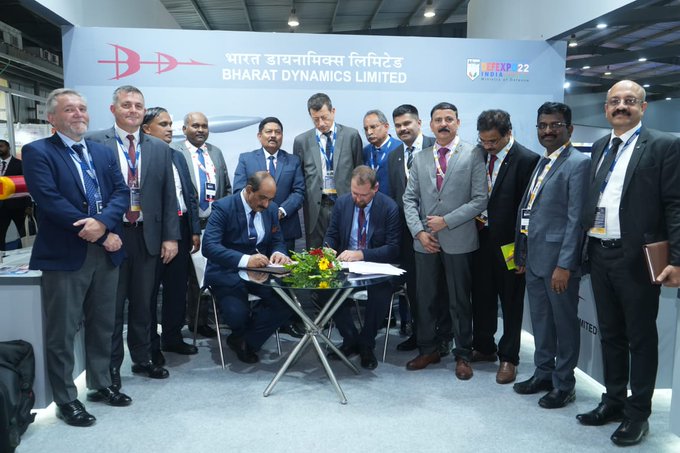
An MoU was signed last year between India’s state-owned Bharat Dynamics Limited (BDL) and French Dassault Aviation Ltd to integrate Indian-made weapons systems on the Rafale fighter jet. However, idrw has learned that there has been little progress in integrating the Indian-made Astra Beyond Visual range air-to-air missiles into the Indian Rafale fleet.
The negotiation for Indian-specific enhancement of the weapons system will require Dassault’s participation is yet to begin, as they hold the software ‘source codes’ of the AESA Radar necessary for the Indian missile to work with the French radar. Dassault needs to be subcontracted to work on the program that will enable Rafale to operate Indian-made weapons systems like Astra and SAAW.
Continue readingSOURCE: RAUNAK KUNDE / NEWS BEAT / IDRW.ORG.
According to GE Aerospace officials, the Joint venture engine offered to India for its 5th Generation fighter program will be based on the studies carried out for the development of the F414 Enhanced Engine. This engine was designed to provide an 18% increase in thrust from F414-INS6 (98kN) with improved reliability, as well as significant improvements in aircraft performance, survivability, and payload.
The F414 Enhanced Engine is capable of generating a 116kN thrust class while retaining the same length as the F414-INS6 engine at 154 inches, as well as the same inlet diameter. This enables an easy switch of the AMCA MkI fleet to the F414 Enhanced Engine without requiring major structural changes.
Continue readingSOURCE: RAUNAK KUNDE / NEWS BEAT / IDRW.ORG.
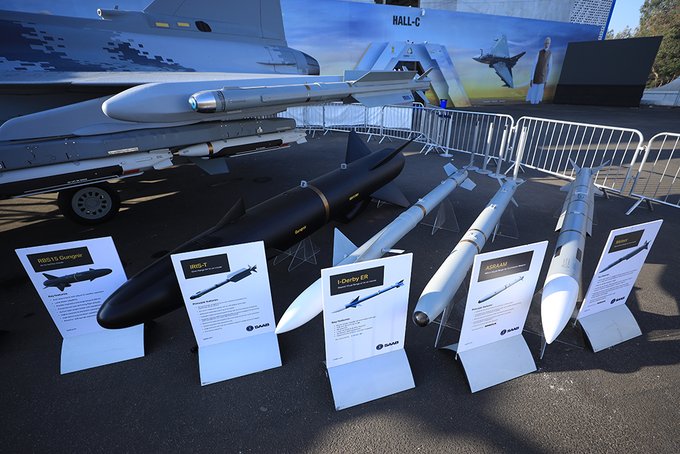
According to Saab India, the Gripen-E aircraft offered to the Indian Air Force (IAF) for its multi-role fighter jets (MRFA) requirement of 114 jets will provide high weapon flexibility, allowing India to integrate any weapon of their choice into the aircraft.
The aircraft’s hardware-agnostic split avionics enable any update or change to occur without the need to recertify the flight-critical software, meaning that Indian-made weapons systems like Astra Beyond Visual Range Air to Air missiles or BrahMos-NG Air to Surface Cruise missiles can be incorporated without SAAB’s intervention in the integration process.
Continue readingSOURCE: RAUNAK KUNDE / NEWS BEAT / IDRW.ORG.
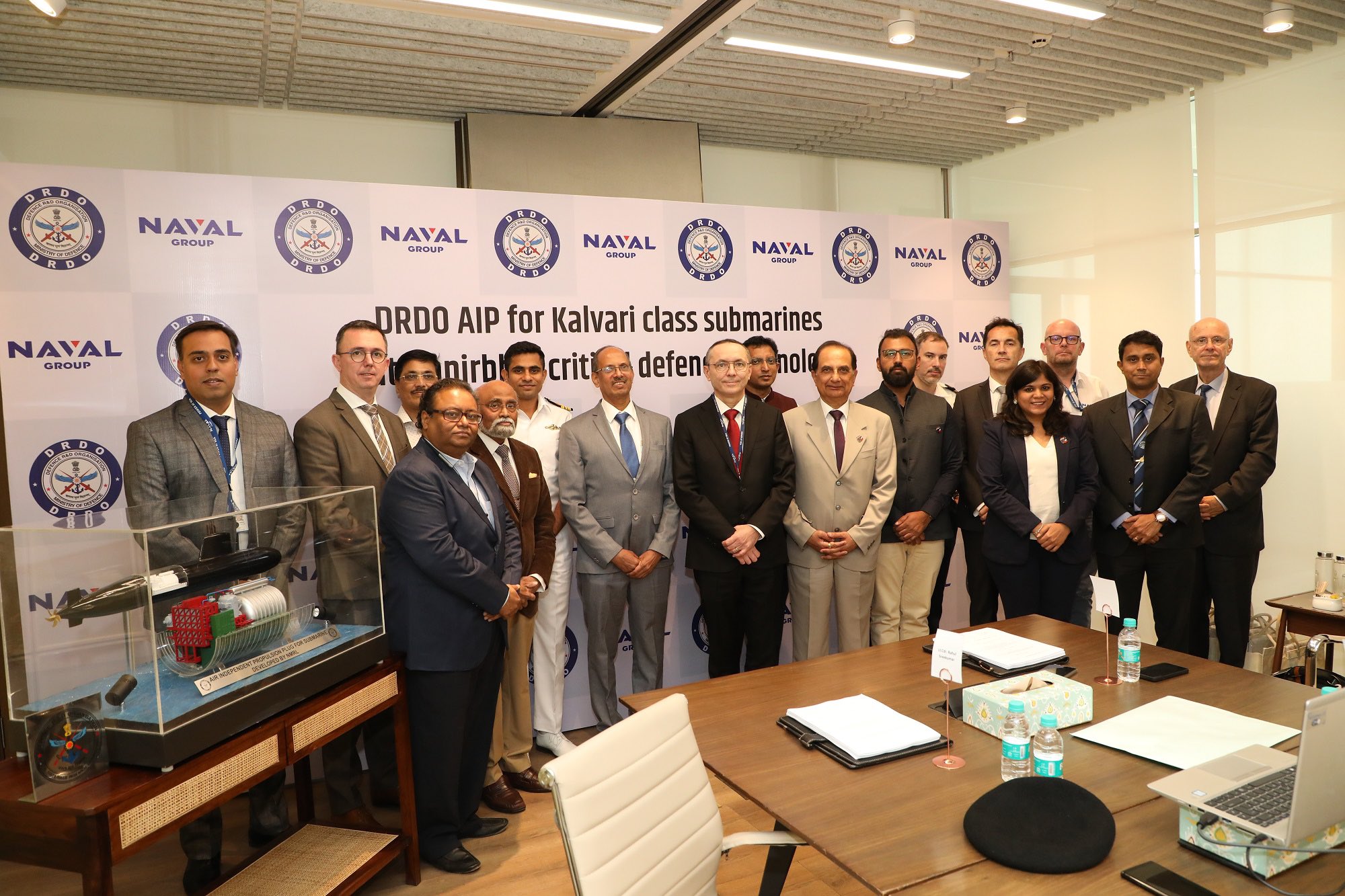
In a deal signed earlier this year, the French Naval Group and India’s DRDO agreed to integrate the Indian Fuel Cell-based Air Independent Propulsion (AIP) system onto INS Kalvari, the first Scorpène-class submarine. The AIP system was developed by the Naval Materials Research Laboratory (NMRL). The integration is scheduled to take place from mid-2024 onwards, during the submarine’s major refit.
According to information obtained by idrw, it has been confirmed that the Kalvari submarine will be the first to undergo retrofitting of the AIP system into its existing hull. This process will involve inserting an additional hull section, which will take around two years to complete. The retrofitting will require cutting the rear hull of the submarine and adding the AIP section to it. As a result, the submarine’s length will increase, and further trials will be necessary, along with operational testing of the AIP system.
Continue readingSOURCE: RAUNAK KUNDE / NEWS BEAT / IDRW.ORG.
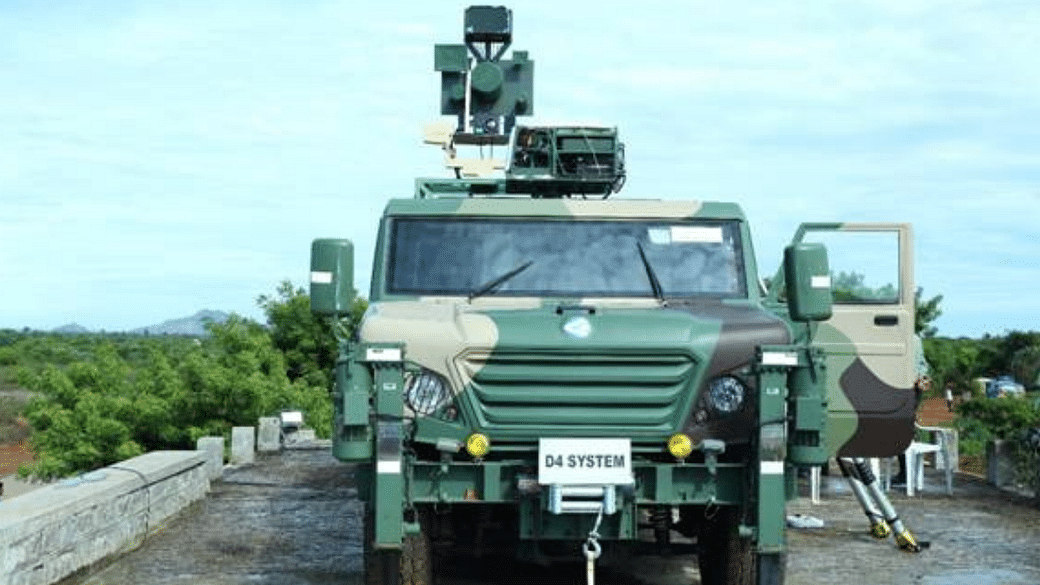
The Naval Anti Drone System (NADS), developed by the Defense Research and Development Organization (DRDO) and manufactured by Bharat Electronics Limited (BEL), has been ordered by the Indian Navy and is now being installed on its surface warships. This is the first indigenously developed anti-drone system to be inducted into the Indian Armed Forces, providing an effective all-encompassing counter to the increased drone threat to strategic naval installations.
Equipped with both hard kill and soft kill capabilities, the NADS can detect and jam micro drones, and use a laser-based kill mechanism to terminate targets. The system uses radar, electro-optical/infrared (EO/IR) sensors, and radio frequency (RF) detectors to detect and jam the micro drones. The RF/global navigation satellite system (GNSS) detects the frequency being used by the controller, and the signals are then jammed.
Continue readingSOURCE: RAUNAK KUNDE / NEWS BEAT / IDRW.ORG.
ADD, a national agency in South Korea for defence technology research and development, is collaborating with India in international joint research to develop high-hardness steel and ultra-high-hardness Armour plate technology.
Although the specific application of this technology is not yet clear, ADD’s ultra-high-hardness Armour plate underwent testing on a modular Armour structure in India in 2021, which confirmed its strength and hardness.
Continue readingSOURCE: RAUNAK KUNDE / NEWS BEAT / IDRW.ORG.

According to Air Chief Marshal VR Chaudhari, the Indian Air Force (IAF) is actively working on advancing specialized technologies related to space-based capabilities, data connectivity, and decision-making support systems based on artificial intelligence.
In recent years, the Indian Air Force (IAF) has been attempting to establish an agreement among the three Service Chiefs for the creation of a joint space force. The militarization of space has become a startling reality for many countries, with nations like China developing satellites capable of targeting military satellites in space, as well as increasing demonstrations of anti-satellite weapon (ASAT) systems in the region. This has prompted the IAF to pursue the establishment of a joint space force.
Continue reading